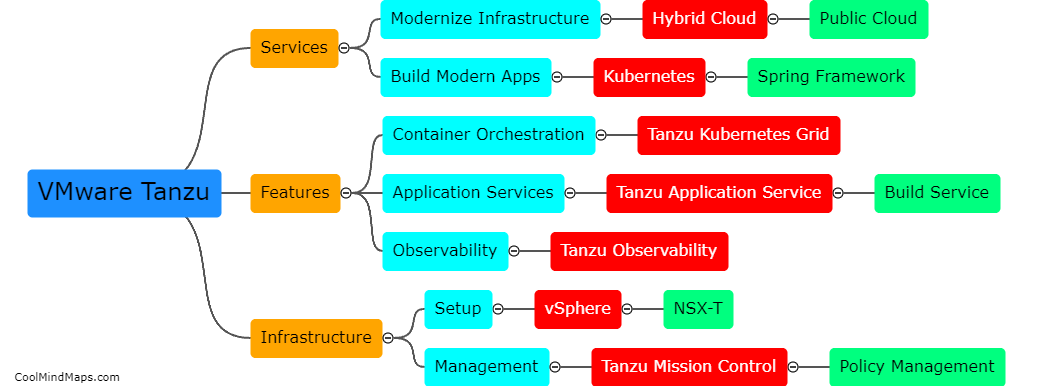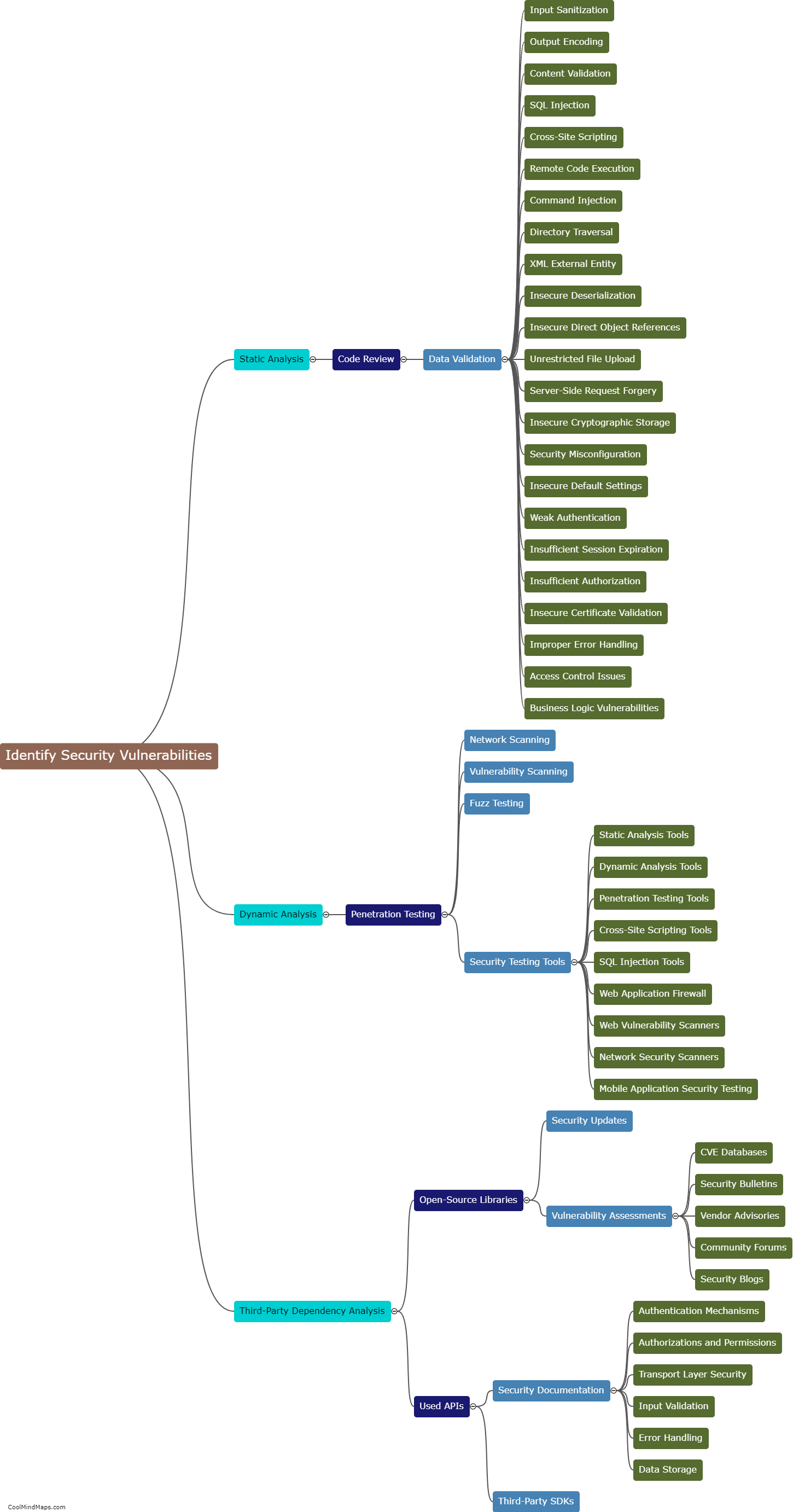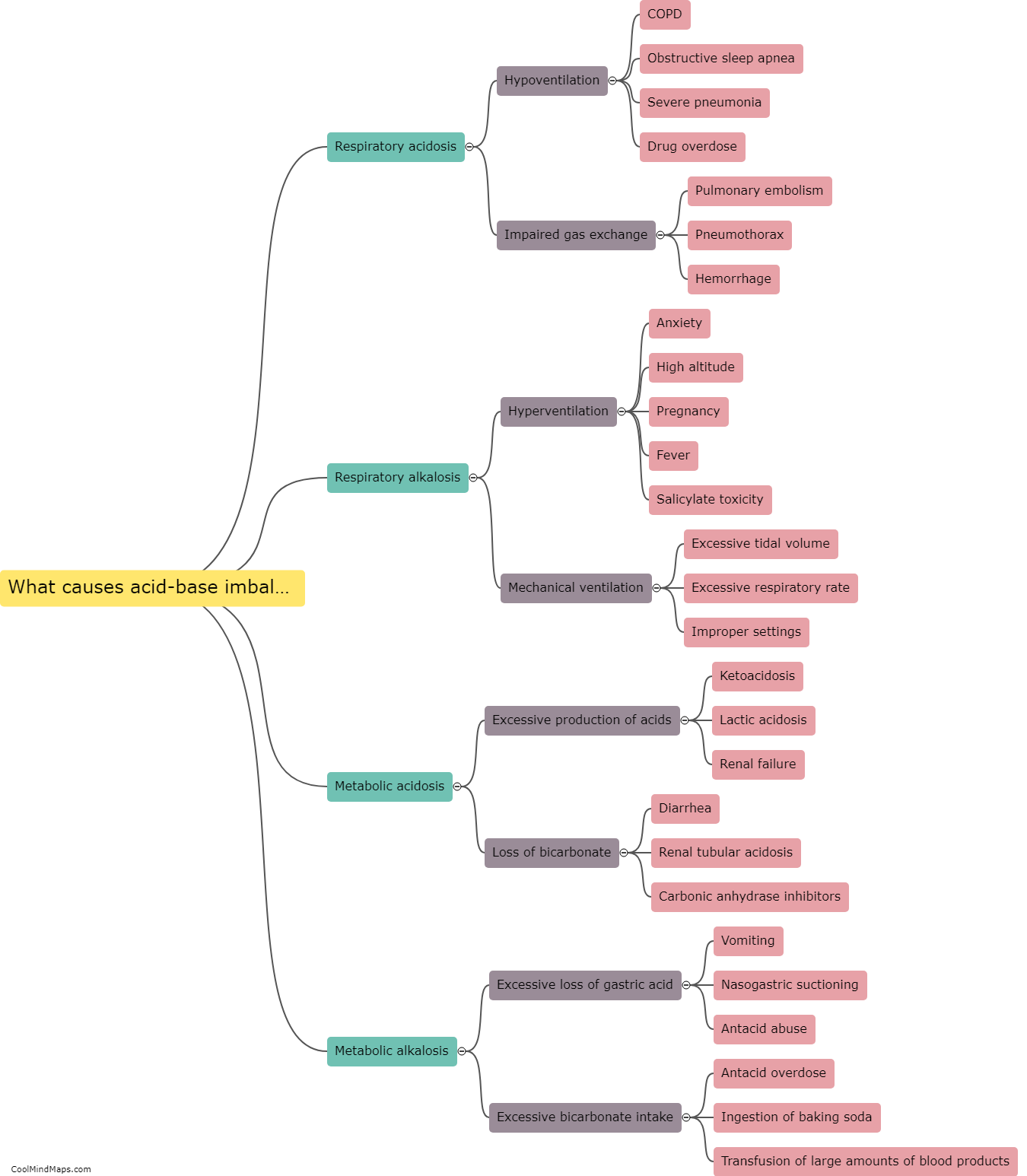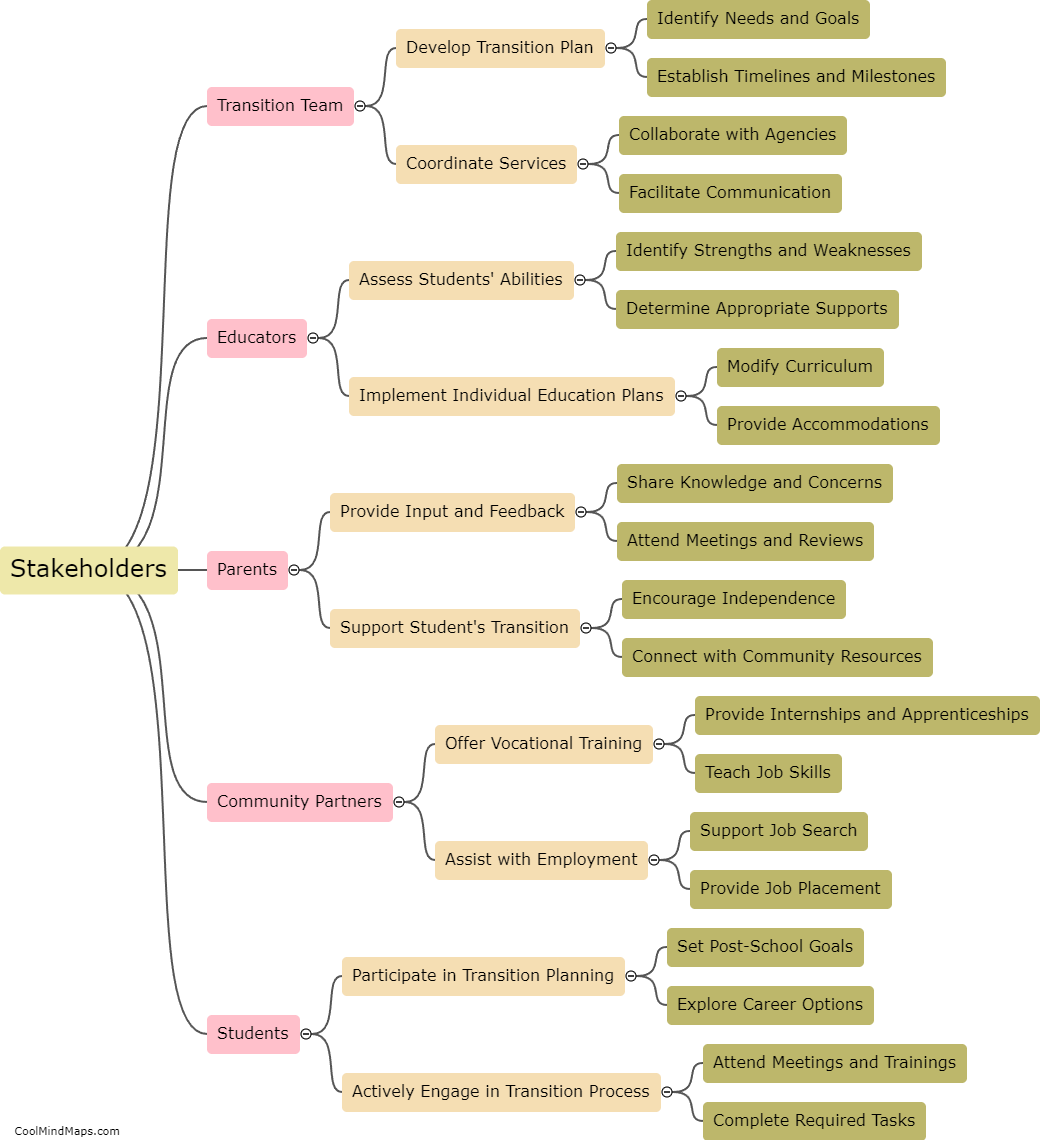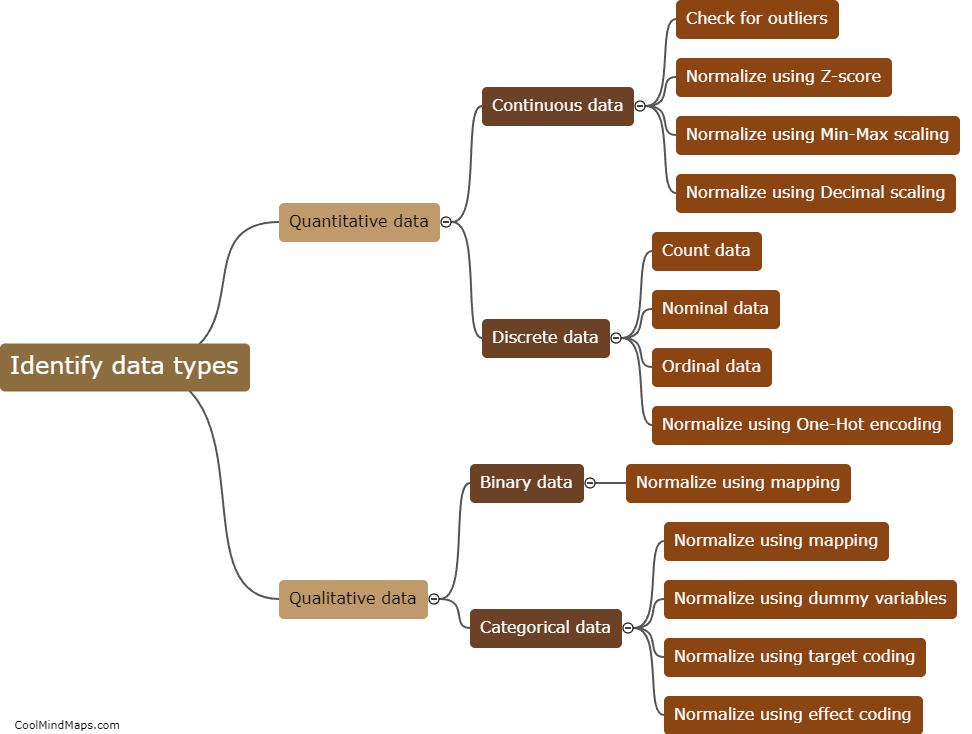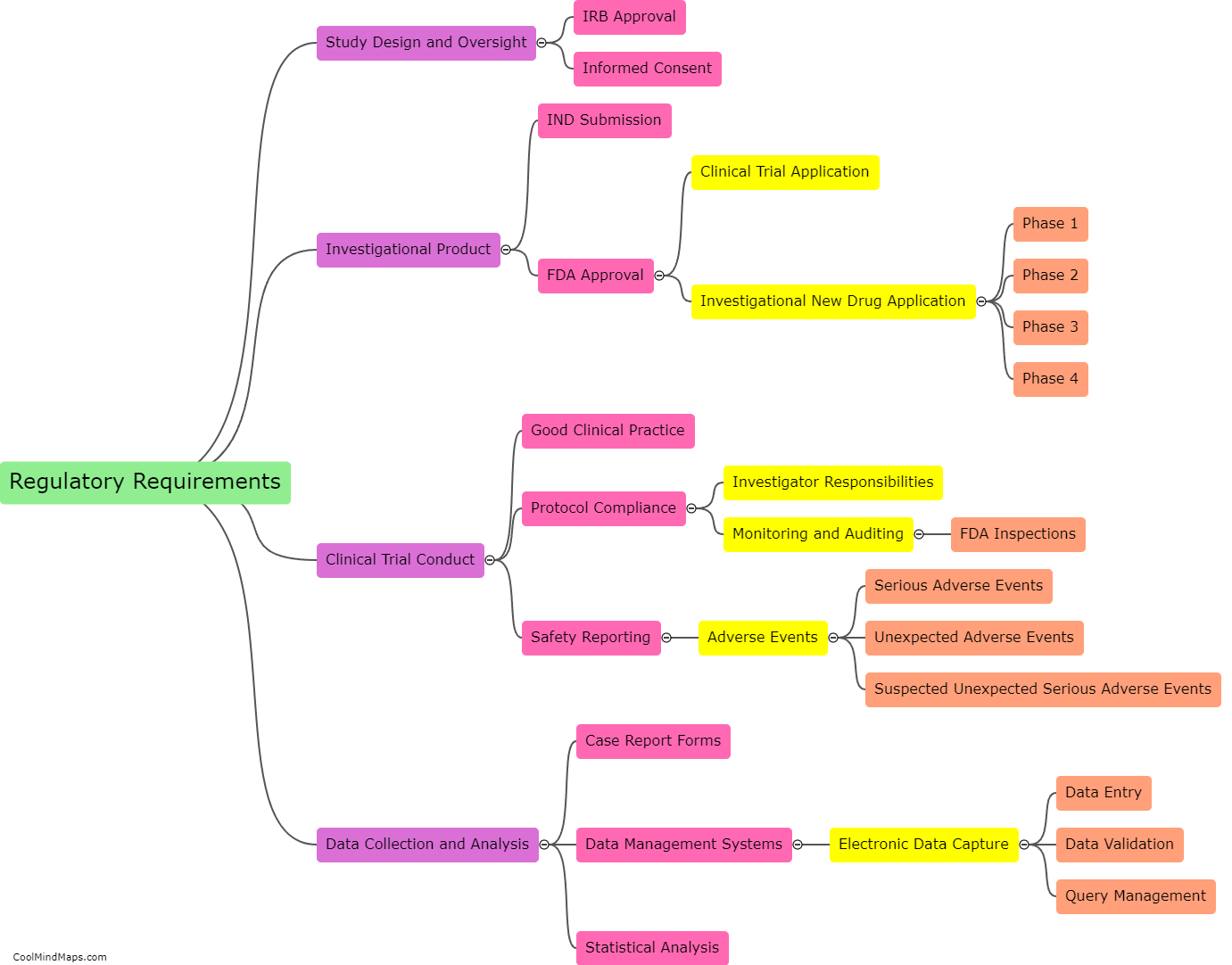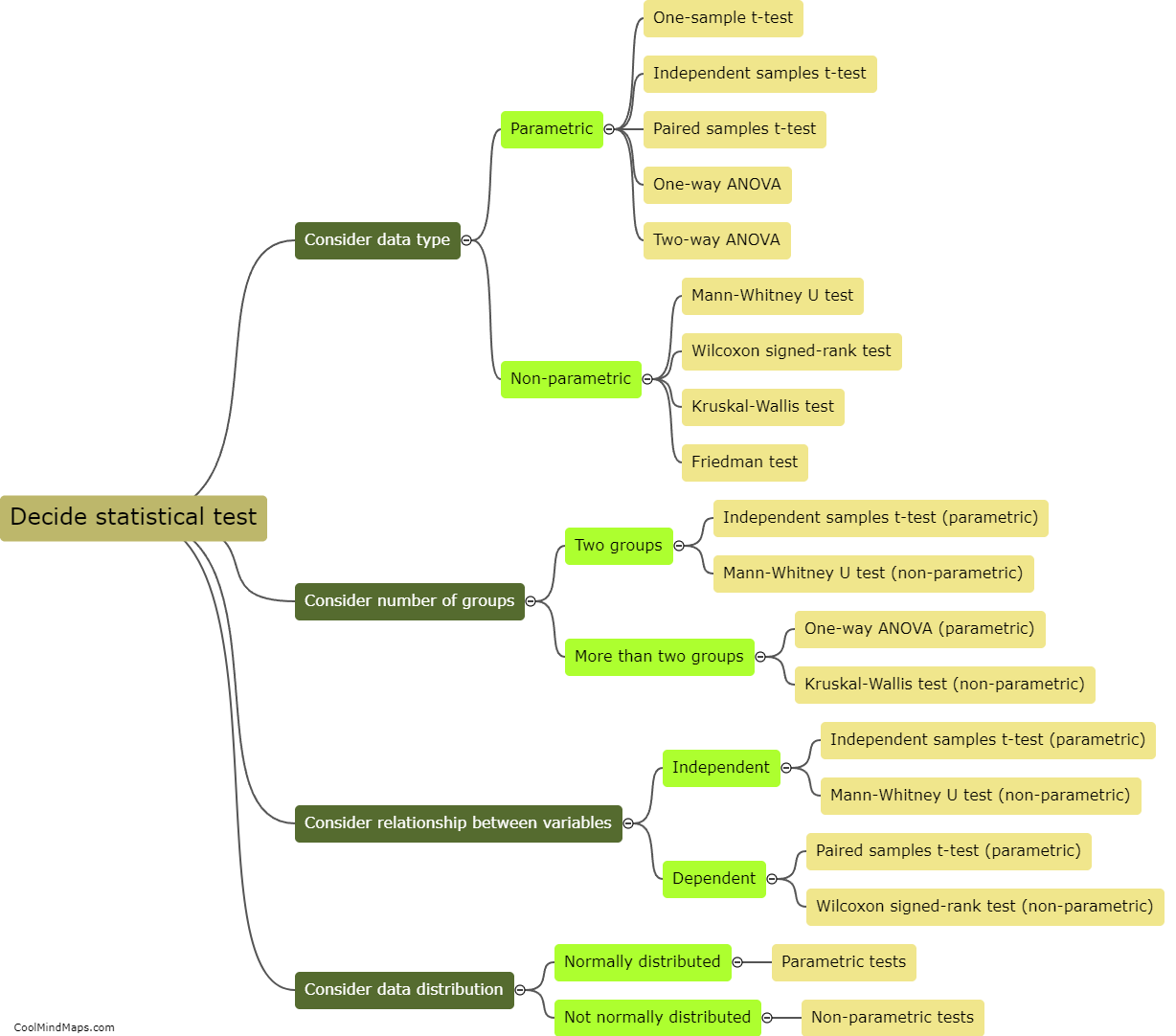What are the common preprocessing steps in neuroimaging analysis?
In neuroimaging analysis, there are several common preprocessing steps that are typically performed to enhance the quality of the data and to prepare it for further analysis. These steps include motion correction, where any movement artifacts are corrected to ensure data alignment across the images. Next, brain extraction is performed to remove non-brain tissues and focus only on the regions of interest. Intensity normalization is carried out to standardize the intensity values across different imaging sessions or subjects. Spatial normalization is then applied to align the brain images to a common reference space, allowing for group comparisons. Afterwards, smoothing is often applied to reduce noise and improve statistical power. Finally, artifact removal techniques, such as slice-timing correction or physiological noise correction, may be employed to correct for specific sources of noise in the data. Overall, these preprocessing steps are crucial in preprocessing neuroimaging data to reduce noise, correct for artifacts, and align images for accurate analysis.

This mind map was published on 23 July 2023 and has been viewed 182 times.


